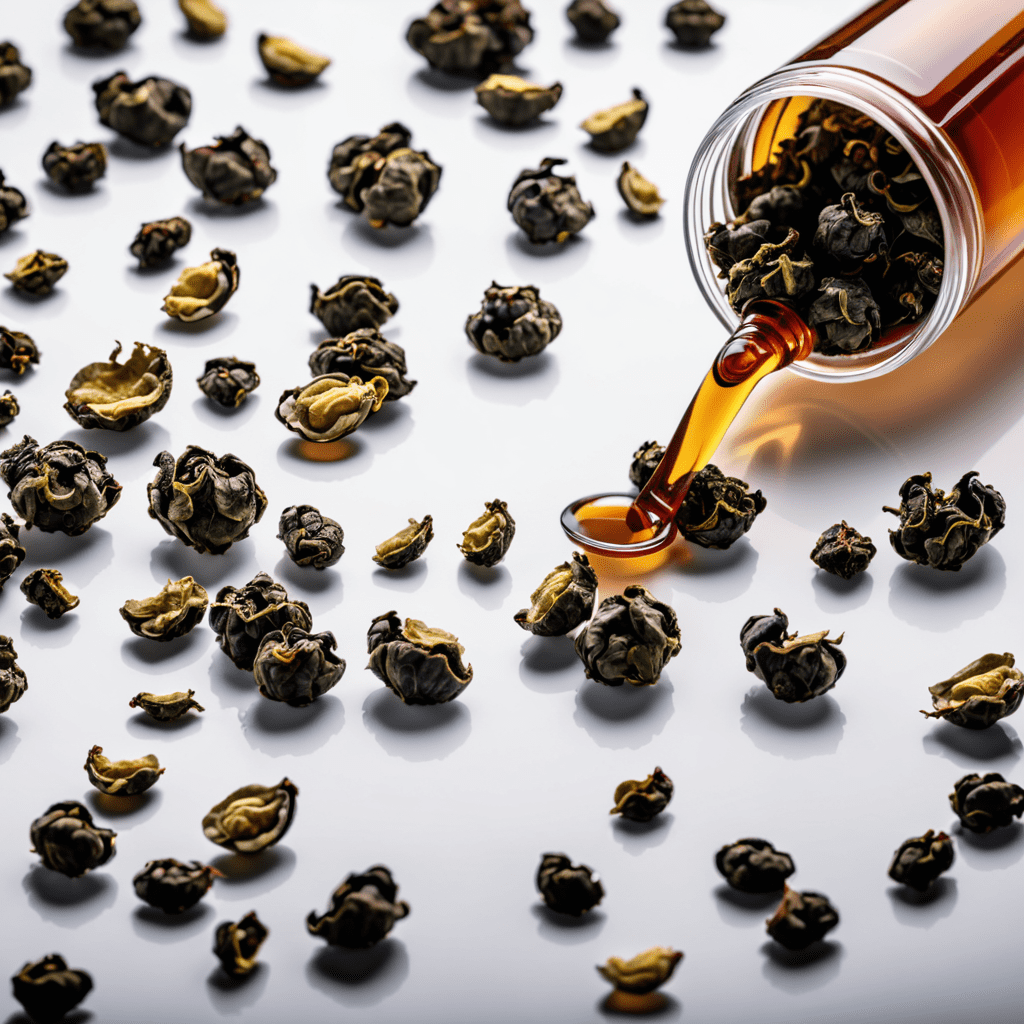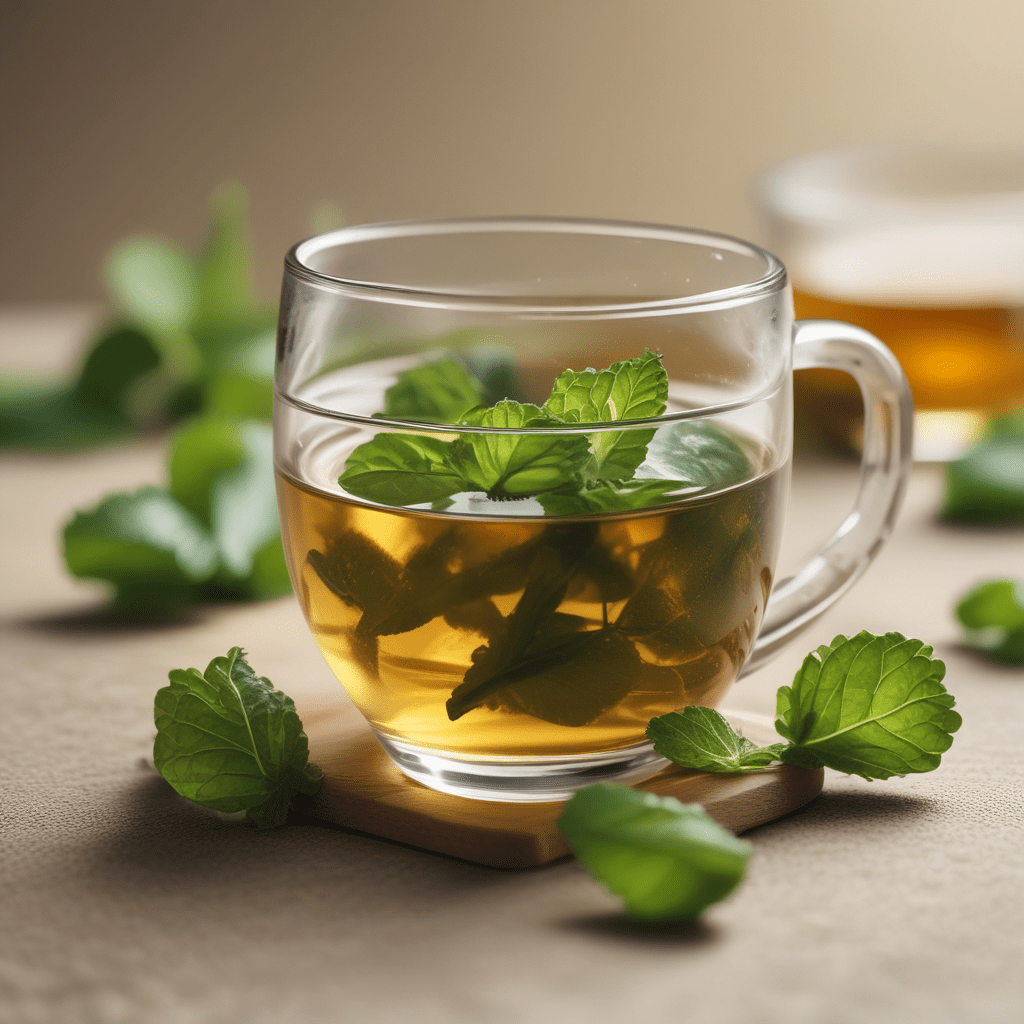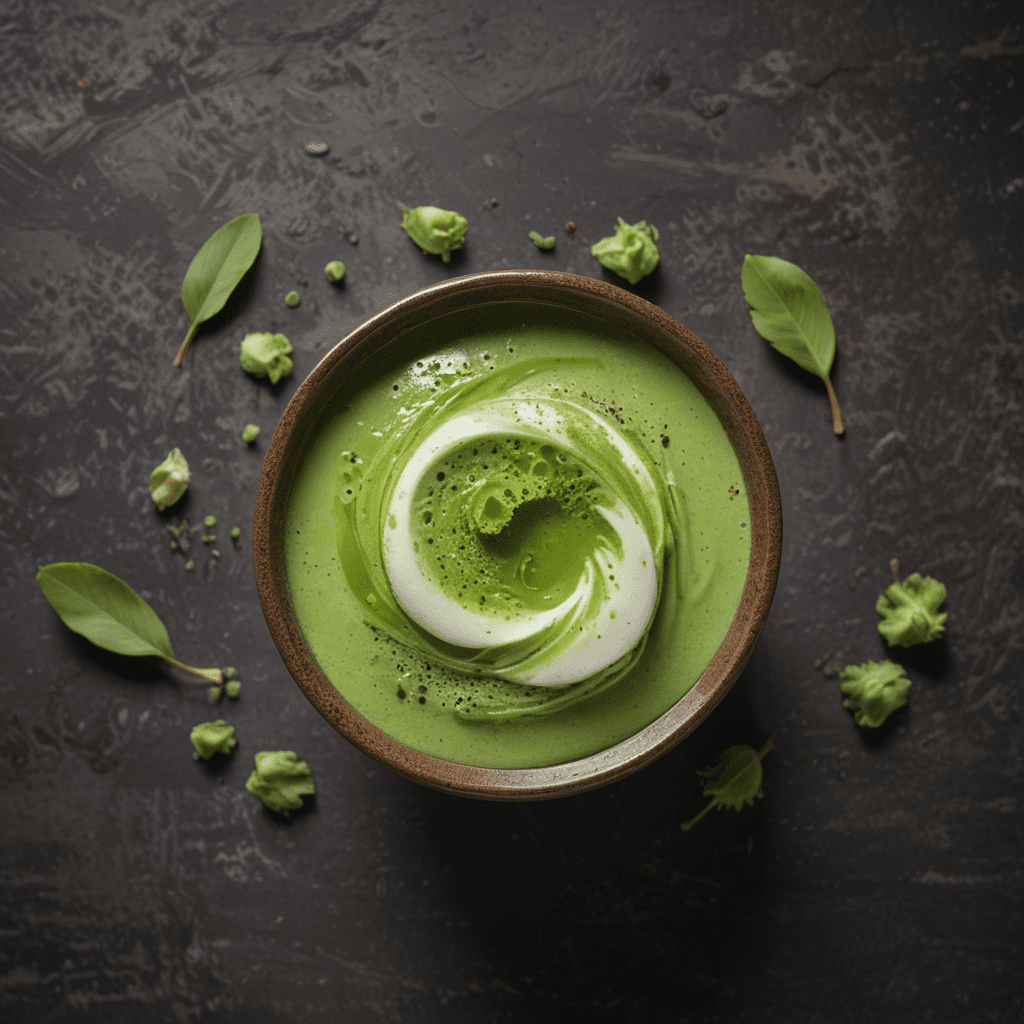
Oolong Tea: A Treat for the Senses
Oolong tea, known for its unique combination of the rich flavors of black tea and the delicate aromas of green tea, is truly a treat for the senses. From its origins and processing to its diverse flavors and potential health benefits, oolong tea offers a delightful experience for tea enthusiasts worldwide.
The Origins of Oolong Tea
Oolong tea has a rich history that dates back centuries, originating in China’s Fujian province. Legend has it that oolong tea was discovered by accident when a tea farmer forgot to harvest his tea leaves, allowing them to partially oxidize in the sun. This partial oxidation process is what gives oolong tea its unique characteristics.
The Art of Oolong Tea Processing
The processing of oolong tea involves withering the leaves under the sun, bruising them to start oxidation, and then heating them to stop the oxidation process. The level of oxidation can vary, resulting in a wide range of oolong tea flavors, from light and floral to rich and toasty.
Exploring the Flavors of Oolong Tea
Oolong tea offers a diverse range of flavors depending on the oxidation level and the specific cultivar used. Some oolong teas have fruity notes, while others have a creamy texture or a floral aroma. The complexity of oolong tea flavors makes it a favorite among tea connoisseurs.
Health Benefits of Oolong Tea
Aside from its delightful taste, oolong tea is also believed to offer various health benefits. Rich in antioxidants, oolong tea may help boost metabolism, promote weight loss, improve heart health, and support overall well-being. It’s a refreshing and healthful beverage choice.
Preparing Oolong Tea
To fully enjoy the sensory experience of oolong tea, it’s crucial to brew it correctly. Optimal water temperature and steeping time may vary depending on the type of oolong tea you have. Experimenting with different brewing methods can help you find your perfect cup of oolong tea.
Appreciating Oolong Tea Culture
Beyond its flavors and health benefits, oolong tea is deeply rooted in Chinese and Taiwanese cultures. Traditional tea ceremonies and rituals often involve oolong tea, highlighting its significance in social gatherings and everyday life. Embracing oolong tea culture adds a layer of appreciation to this beloved beverage.
Indulge in Oolong Tea’s Delights
Whether you’re a seasoned tea enthusiast or new to the world of tea, exploring oolong tea is a delightful journey for the senses. From its fascinating history to its nuanced flavors and beneficial properties, oolong tea offers a truly immersive and enjoyable tea-drinking experience. Treat yourself to the pleasures of oolong tea and savor every sip.
Frequently Asked Questions about Oolong Tea
What is Oolong Tea?
Oolong tea is a traditional Chinese tea that lies between green and black tea in terms of oxidation levels. It offers a unique flavor profile with varying notes of floral, fruity, and toasty tastes.
How is Oolong Tea Prepared?
Oolong tea is made from the leaves of the Camellia sinensis plant. The leaves are withered under the sun, oxidized to varying degrees, and then rolled, shaped, and fired to stop oxidation. Finally, they are dried.
What are the Benefits of Oolong Tea?
Oolong tea is praised for its rich antioxidants, potential weight management support, heart health benefits, and mental alertness due to its moderate caffeine content.
Does Oolong Tea Have Caffeine?
Yes, oolong tea contains caffeine, but the levels can vary depending on factors like tea type and brewing method. On average, an 8-ounce cup of oolong tea may contain around 30-50 milligrams of caffeine.
How Should Oolong Tea be Brewed?
To brew oolong tea, use water at around 190–200°F (88–93°C) and steep the leaves for 2-4 minutes for the best flavor.


